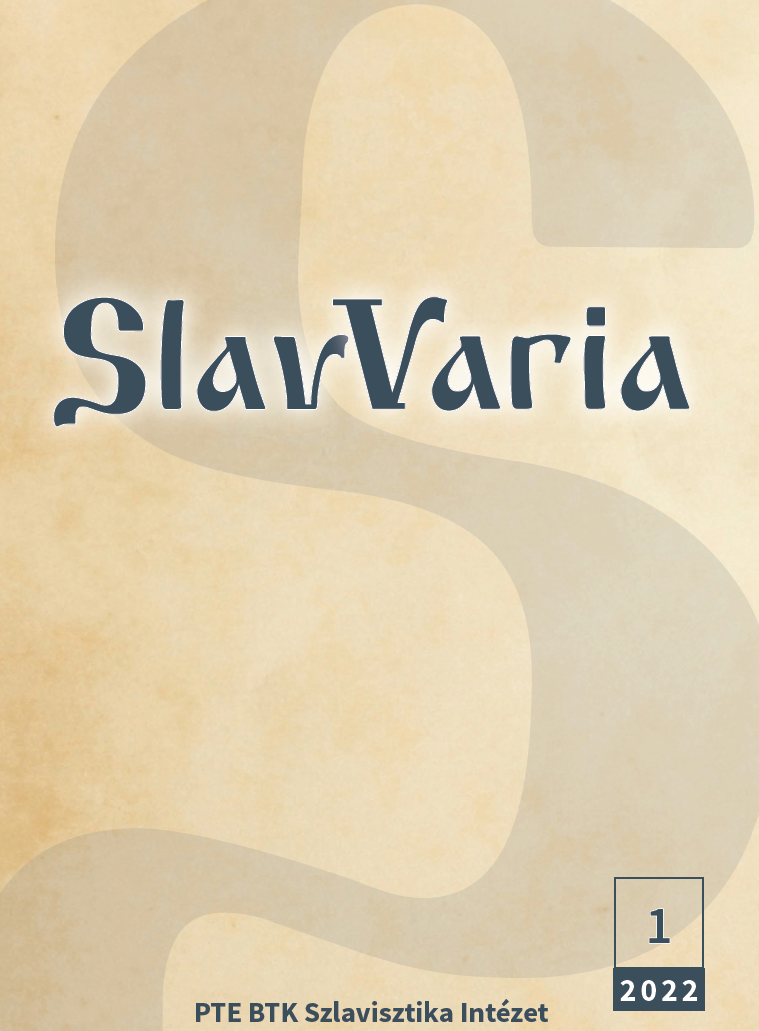Tvorba pandemijskih neologizama u mađarskom i hrvatskom jeziku
DOI:
https://doi.org/10.15170/SV.1/2022.193Kulcsszavak:
neologisms, pandemic-related lexicon, word formation, port-manteaus, bound lexical bases, productive affixesAbsztrakt
Pandemic-related neologism formation. Great changes in the extralinguis-tic world have always spawned neologisms. The more intense the changes, the greater the number of new words or the number of new senses of existing words. A linguistic response to the changes in our lives caused by the corona-virus pandemic is an increased number of neologisms, which are being created on a daily basis.
The aim of this paper is to analyse the pandemic-related lexicon. The corpus has been collected from the media discourse. The analysis focuses on the word-formation level, i.e. the ways neologisms are formed: portmanteaus: morona virus, cov-idiot, capakistan (from Capak, the Croatian epidemiologist, and the suffix –istan as in Pakistan), paketomat (paket = package, parcel + automat = automatic machine, e.g. ATM), McGužva (Mc as in McDonald's + gužva = rush, crowd) ‒ words with bound lexical bases: koronamanija (coronamania), koronafobija (coronafobia), kupomanija (kupovati = to buy + manija = mania) ‒ and productive word-formation affixes: koronaš (≈coronaman), koronašica (≈coronawoman), koronizacija (coronisation9), koronizirati (to coronise), turis-tificirati (to touristify). In addition to the word-formation level, the paper analyses the normative level, specifically, the orthographic level, i.e. problems related to irregularities in writing of the new words: korona virus / korona-virus / koronavirus.


